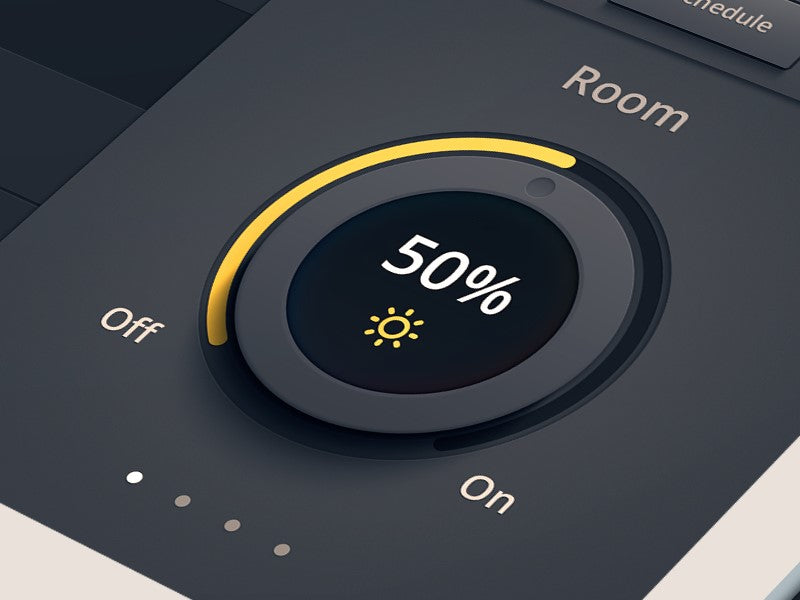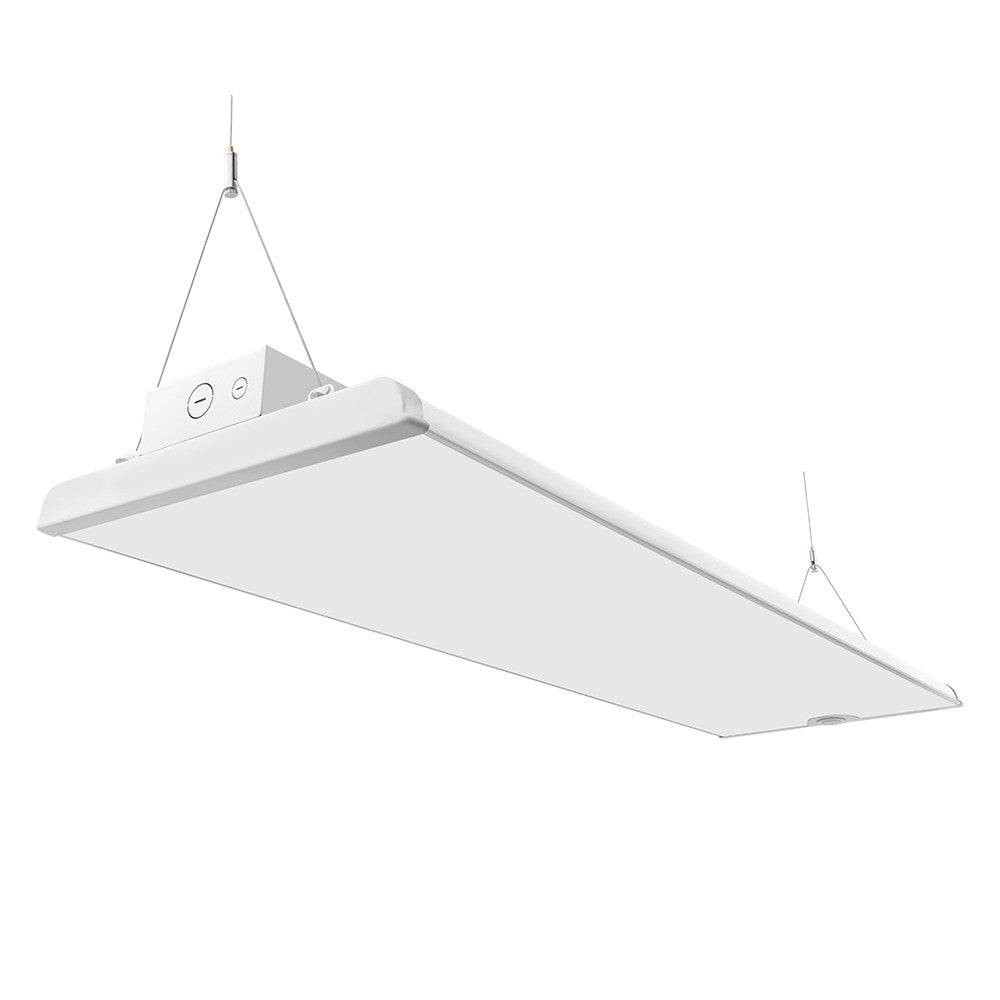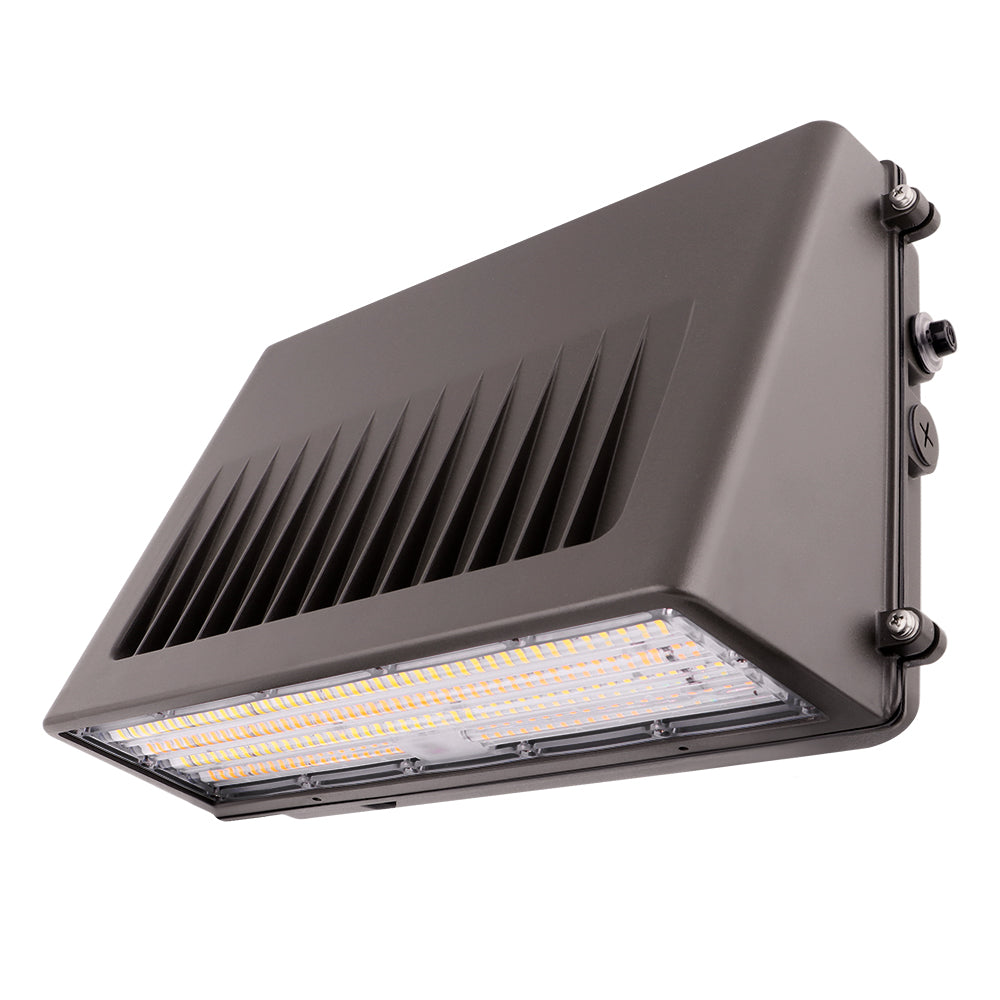What is 0-10V DC Dimming for LED Lighting?
With the popularity of LED technology for residential and commercial lighting, 0-10V DC dimming control has been gaining a lot of attention as a more effective way of controlling the light output of an LED fixture. 0-10V dimmers use a DC voltage between 0 and 10 to control the light output of the LED fixture. As the voltage goes up or down, the corresponding 0-10V dimmable driver matches the light output of the fixture to increase or decrease up to a certain percentage. 0-10V DC dimming is one of the simplest and most popular dynamic lighting controls used in offices, retail spaces, and homes.
How 0-10V Dimming Works
0-10V dimming-compatible LED drivers include a circuit that produces a 10V DC signal and has a purple and gray wire. When the two wires are open and do not touch each other, the signal remains at 10V and the light is at 100% output level. When the wires are touching each other or are "shorted" together, the dimming signal will be at 0V and the light is at the minimum dimming level set by the driver. To control the signal to vary from 10V to 0V, 0-10V dimmer switches are used to pull down or "sink" the voltage to a lower level.
The DC voltage normally corresponds to the driver dimming level, which means if the signal is at 8V then the light fixture is at 80% output. If the signal is brought down to 0V, the light is at the minimum dim level, which could vary from 10% to 5% to 1%.

When to Use 0-10V Dimming
0-10V DC dimming has been used for a long time to control fluorescent fixtures, and has now been adapted to work on LED dimming drivers as well. 0-10V dimming is fairly standard in most LED light fixtures such as panels, strip lights, wall packs, area lights, and high bays. Make sure to use compatible 0-10V dimmer switches for more accurate control of the light output. Remember that 0-10V DC and LED “compatible” are not the same.










